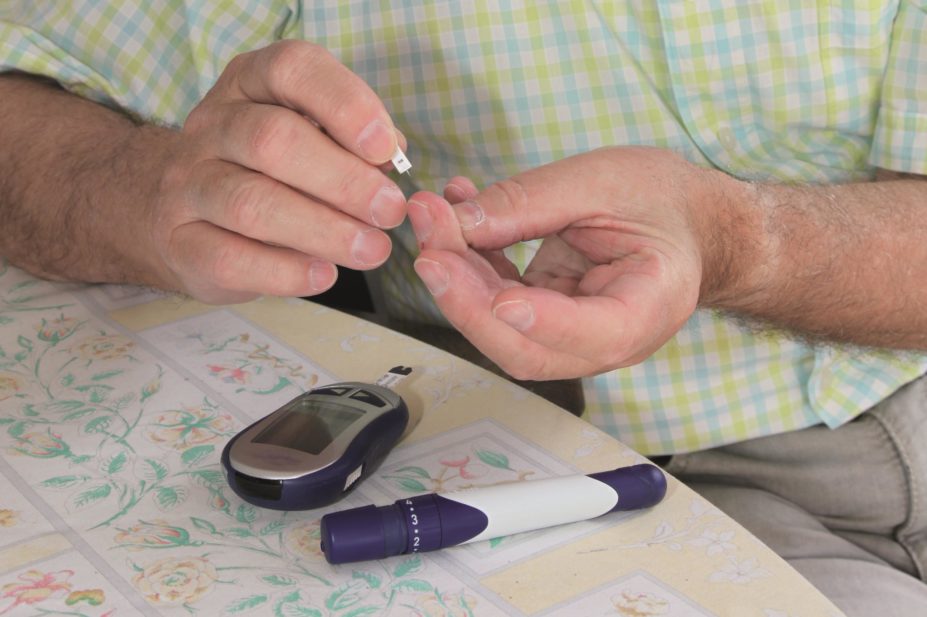
Shutterstock.com
The majority of cases of type 3c diabetes in England are being misdiagnosed by clinicians as type 2 diabetes, a large primary care study has found[1]
.
Type 3c diabetes, also known as diabetes of the exocrine pancreas, occurs following pancreatic disease when the pancreas becomes inflamed, or part of it is removed, and consequently insulin production is reduced.
In contrast, type 2 diabetes is the result of metabolic changes that affect how insulin is produced.
Failure to recognise this altered physiology may result in suboptimal treatment, the researchers explained, as patients with type 3c diabetes generally have worse glycaemic control and a greater requirement for insulin.
The study looked at more than 2 million primary care records in England for incident cases of adult-onset diabetes between 1 January 2005 and 31 March 2016. From those, the researchers identified 31,789 new diagnoses of adult-onset diabetes and found that diabetes following pancreatic disease was more common than type 1 diabetes, although type 2 diabetes had the highest incidence.
Out of the 559 cases of diabetes following pancreatic disease, 87.8% were classified by clinicians as type 2 diabetes and just 2.7% were diagnosed correctly with type 3c diabetes.
The study also found that people with type 2 diabetes and people with type 3c diabetes were both most frequently diagnosed with diabetes while at a body mass index compatible with obesity (30+), which, the researchers said, could partially explain why misdiagnoses are occurring.
“[This study] is another step towards a more stratified approach to disease management, ultimately towards practising personalised medicine,” said Simon de Lusignan, professor of primary care and clinical informatics at the University of Surrey and one of the authors of the study.
“If neither the clinician nor their patient are aware that the person has type 3c diabetes, then there may be a greater requirement for intensification of treatment.
This might be more than the clinician anticipated and, for the patient, more than they were led to believe was likely,” he explained.
“This study shows that [clinicians] should be able to flag people with previous pancreatic disease who also have diabetes within routine data; and can anticipate a different course for many and adapt our management accordingly,” he added.
Greater awareness of diabetes of the exocrine pancreas is required to appropriately manage this diabetes subgroup the researchers concluded.
References
[1] Woodmansey C, McGovern A, McCullough K et al. Incidence, demographics and clinical characteristics of diabetes of the exocrine pancreas (type 3c): a retrospective cohort study. Diabetes Care 2017 Nov;40(11):1486–1493. doi: 10.2337/dc17-0542


